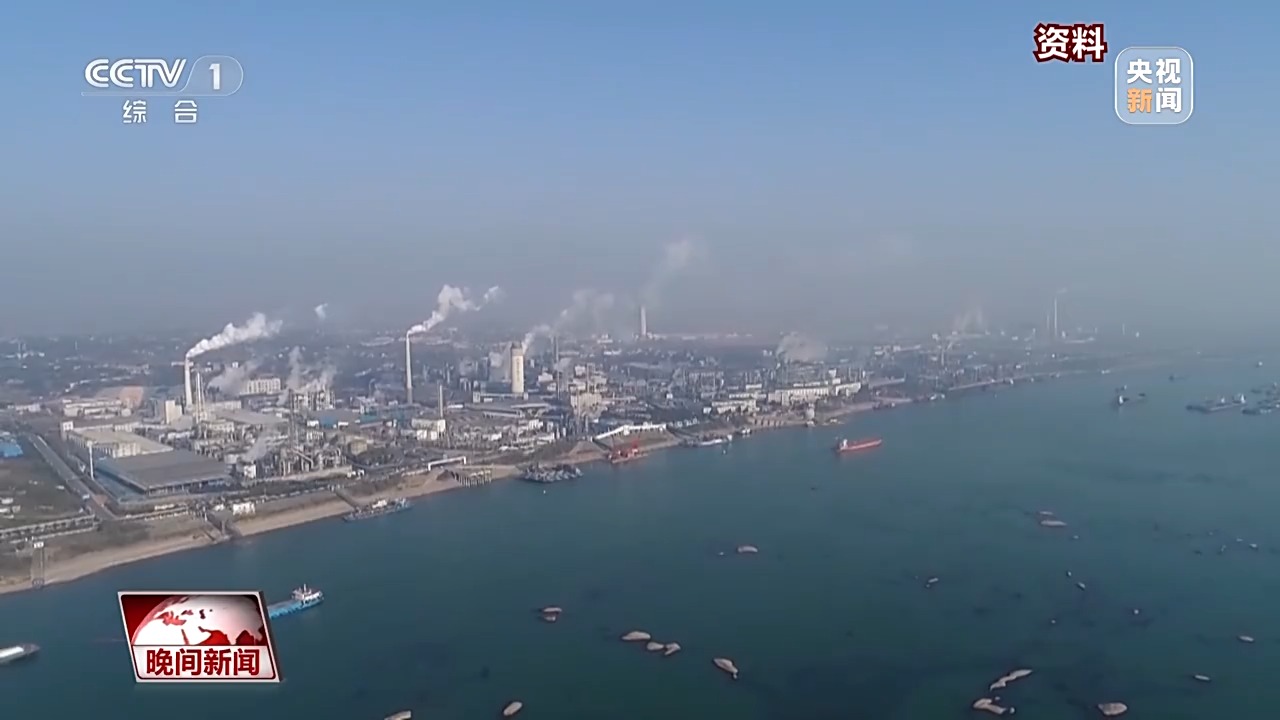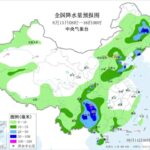The Yangtze River, the mother river of the Chinese people, stretches over 6,300 kilometers, nourishing the vast lands of 11 provinces and regions along its banks. In 2018, a pivotal guideline for high-quality development of the Yangtze River Economic Belt was established in Yichang: « Prioritize ecological restoration of the Yangtze, protect the mother river of the Chinese nation, and avoid destructive development. » Seven years later, we revisit this landmark location to witness the river’s rebirth after ecological restoration.
08:48
« In August, the Yangtze stretches endlessly under clear skies, with countless sails gliding lightly on the breeze. » Yichang marks the natural boundary between the upper and middle reaches of the Yangtze. Here, the river transitions from gorges to plains, creating a unique landscape where « waters grow calm and mountains turn gentle. » This city owes its existence and prosperity to the Yangtze.
Riverside: From « Chemical Encircling the River » to « Green Riverfront Corridor »
The Yangtze River Conservation Park now stands by the water, a picturesque scene of lush trees. In midsummer, nearby residents gather here to relax and chat. Yet, just seven years ago, the view was entirely different.
At its peak, chemical industries accounted for a third of Yichang’s industrial output, with over 40 chemical plants clustered within 1 kilometer of the riverbank. In 2016, the « Yangtze River Conservation » initiative was launched, emphasizing « prioritizing protection over development. » Yichang relocated chemical plants to industrial parks, shut down illegal docks and sand mining sites, and restored over 42 kilometers of shoreline.
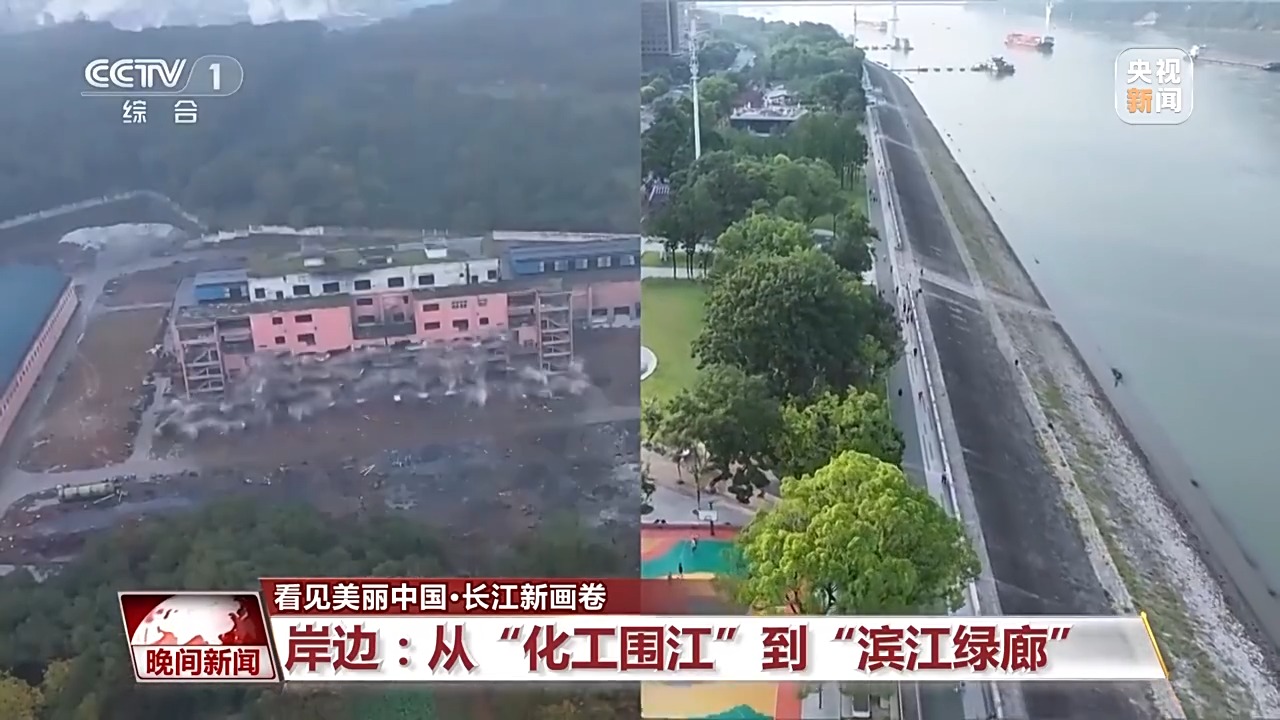
Similar efforts unfolded in dozens of cities along the Yangtze. Once-cluttered riverbanks, lined with garbage and docks, have shed their industrial clamor, transforming into green corridors and riverside parks where people now stroll along beautiful shorelines.
Underwater: Clear Waters and Thriving Fish
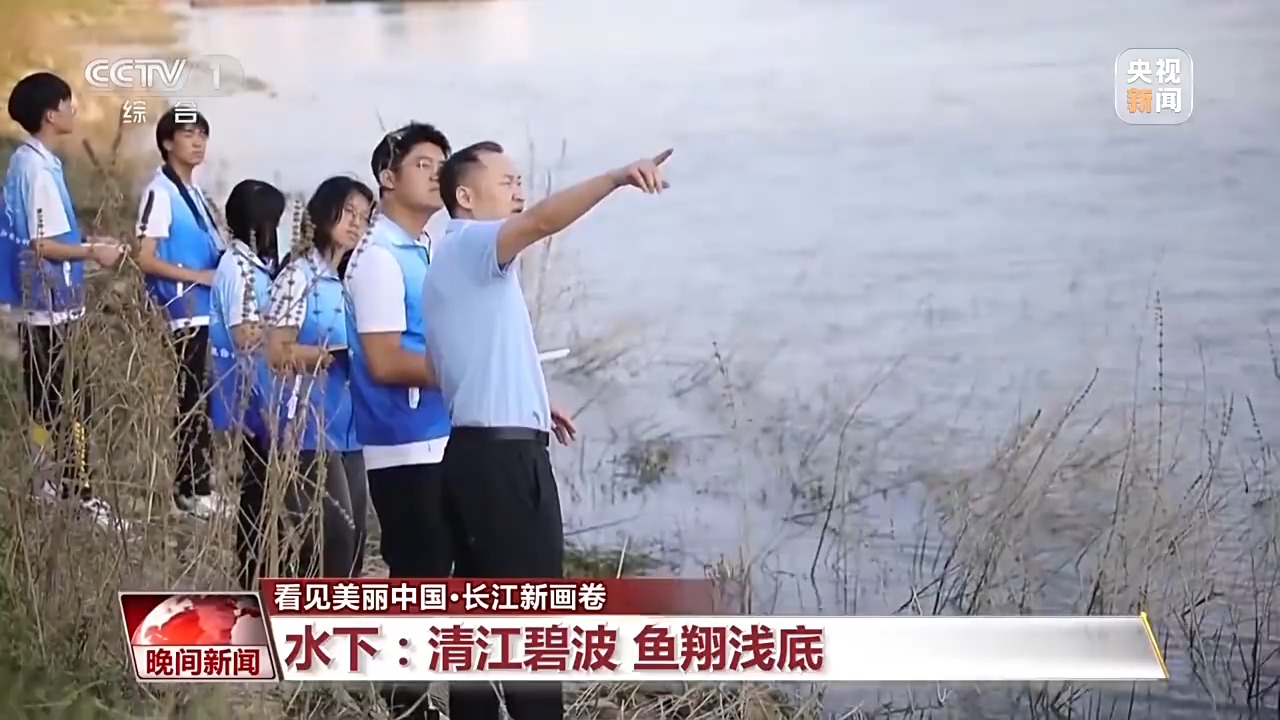
Professor Shi Xiaotao was conducting fieldwork with his students when we met. As an aquatic environment expert, his team has established multiple observation points along the Yangtze. Years of monitoring reveal significant improvements in the aquatic ecosystem.
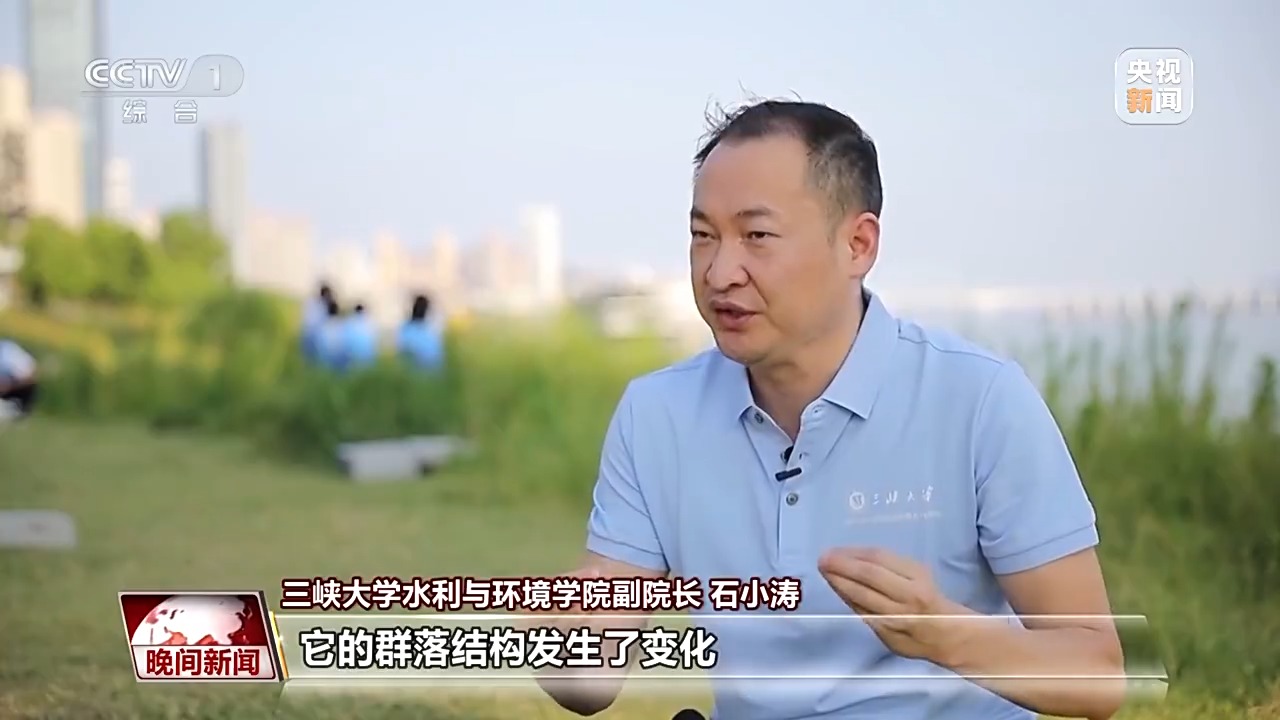
Shi Xiaotao, Deputy Dean of the College of Hydraulic and Environmental Engineering at China Three Gorges University: The plant communities along the riverbanks have changed. During Yichang’s « chemical encircling » era, polluted discharge turned waters black, leaving only pollution-resistant plants. As water quality improved, clear-water-loving plants gradually returned, along with more small fish and shrimp—a clear biological response to cleaner waters.
River Surface: Clear Waters and Returning Porpoises
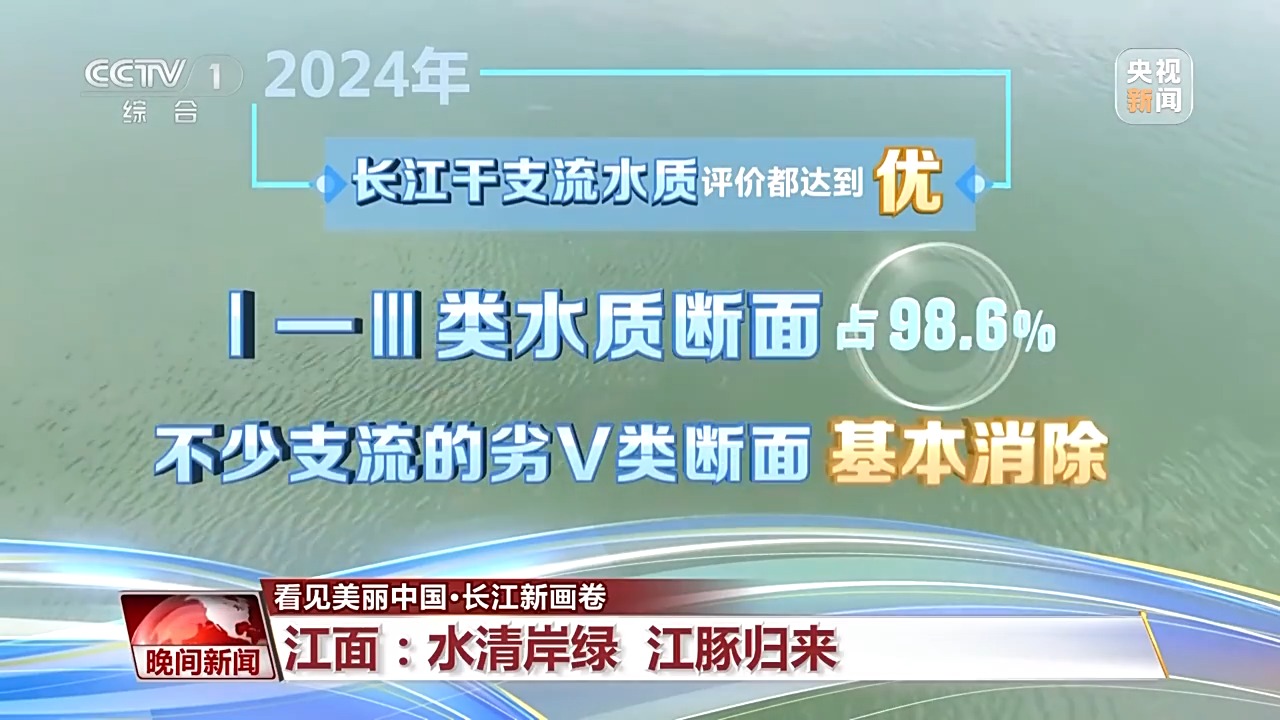
The Yangtze’s improving water quality reflects the region’s transformative efforts. In 2016, while the main stream was rated excellent, only 82.3% of tributary sections met Class I-III standards. By 2024, both the main stream and tributaries achieved excellent ratings, with 98.6% of sections reaching Class I-III, and heavily polluted Class V sections nearly eliminated.
As the river grew clearer, rare neighbors reappeared.
Zhu Ling, an avid photographer, has captured increasing numbers of Yangtze finless porpoises in recent years. This year, he even documented an entire family swimming freely.
Latest surveys count 1,249 Yangtze finless porpoises—over 200 more than five years ago. Their return is

